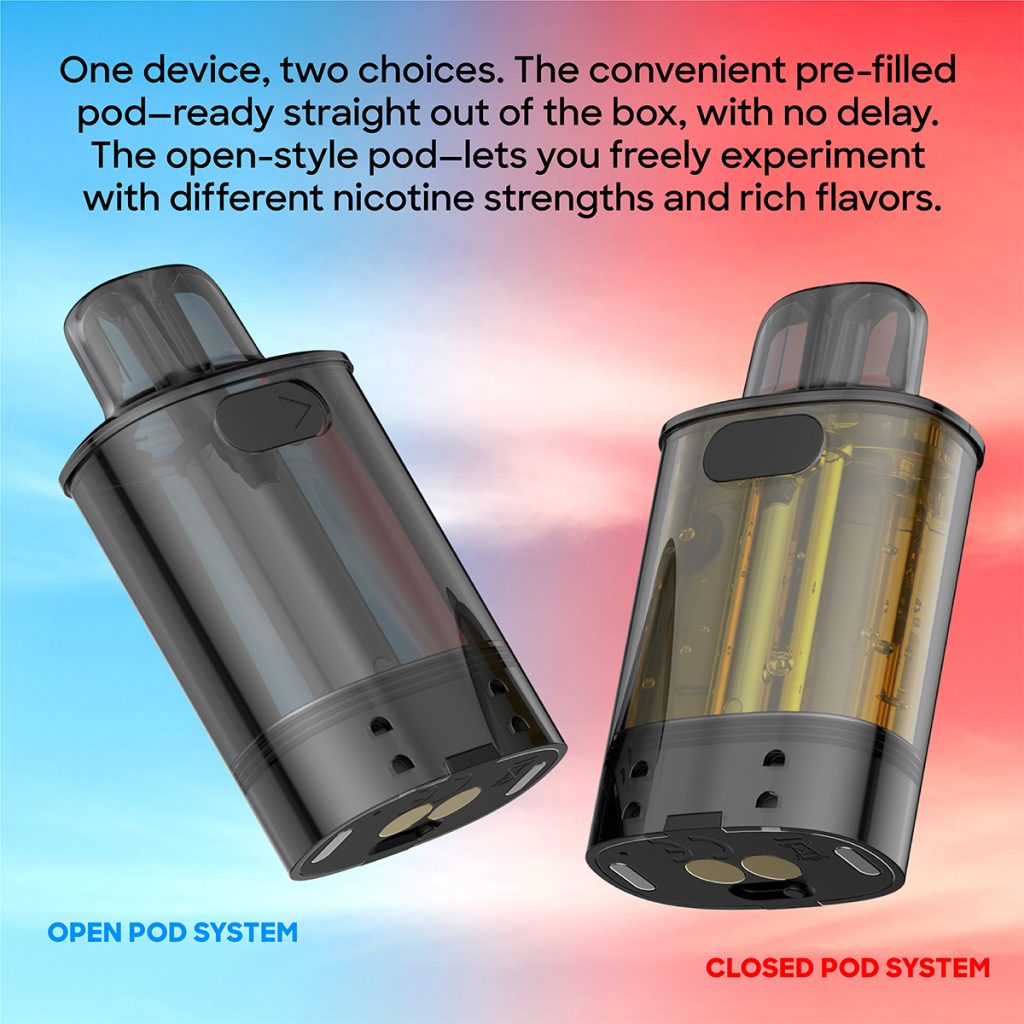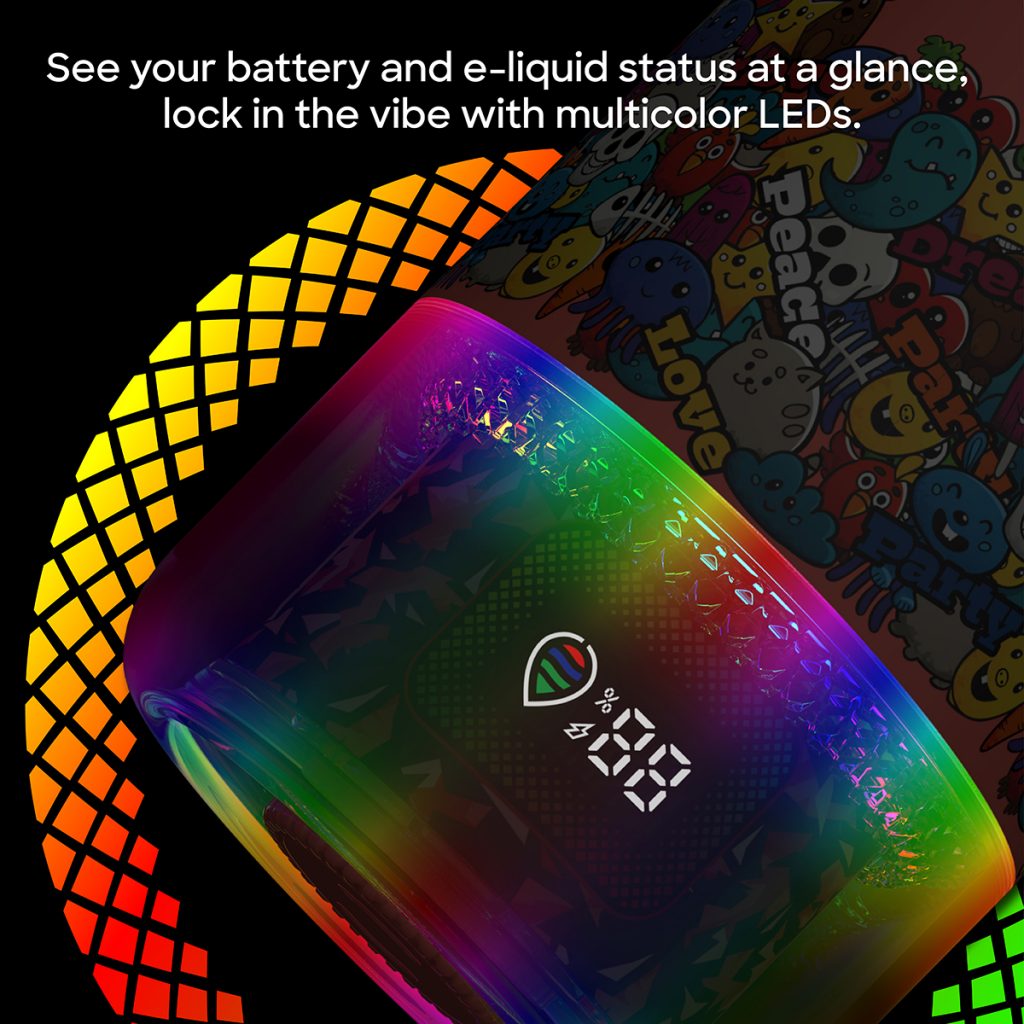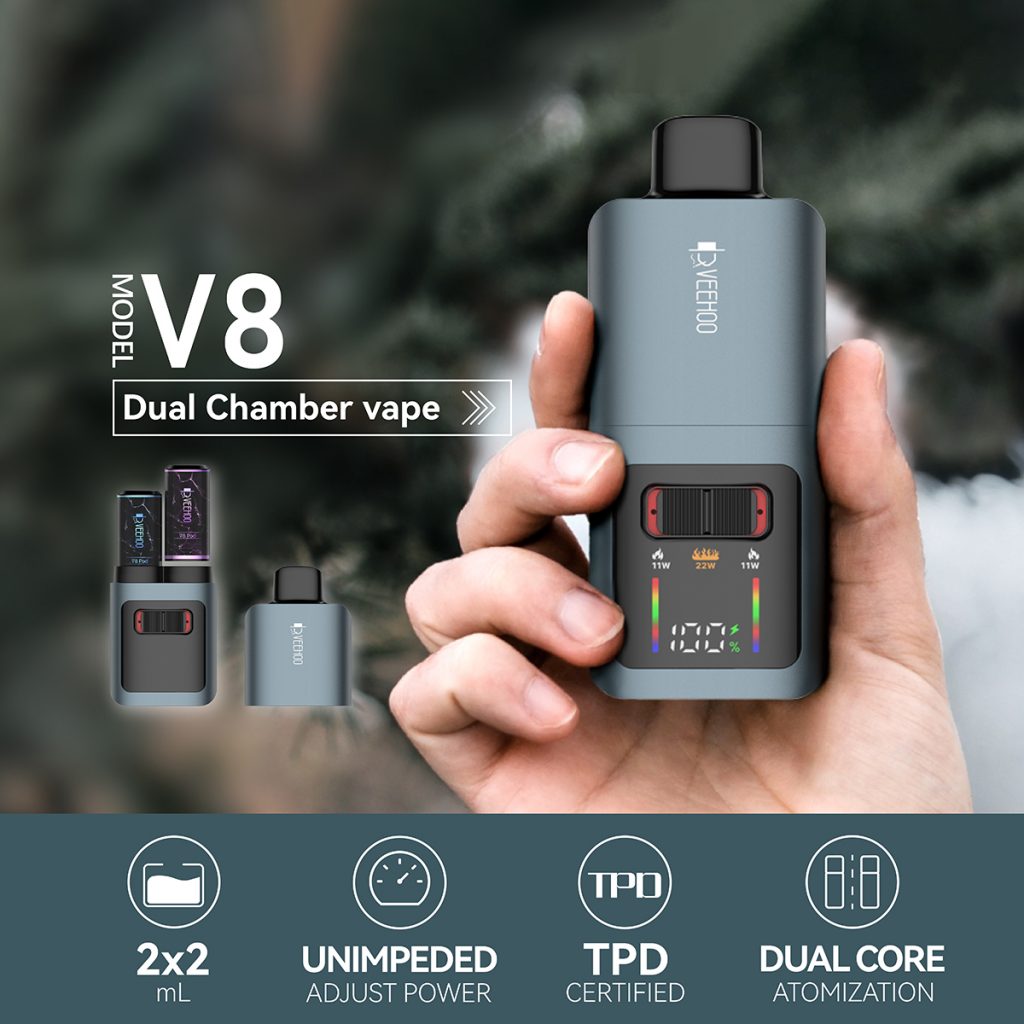Recently, the South Korean government announced that it will formally incorporate synthetic nicotine into the existing tobacco and e-cigarette regulatory system. This policy adjustment marks a new phase in South Korea’s regulation of e-cigarettes and nicotine, and also means that “nicotine-like” products, which previously operated on the fringes of the legal landscape, will face stricter regulation. This move has sparked debate not only in South Korea but also attracted attention from the global e-cigarette industry and public health community.
Over the past few years, South Korea’s e-cigarette market has experienced a transition from rapid growth to strict regulation. As awareness of the harms of traditional cigarettes deepens, more and more consumers are trying alternatives such as e-cigarettes and heated tobacco. Nicotine, a key ingredient in e-cigarettes, has become a regulatory focus, with its source becoming a key regulatory concern. Traditional nicotine is primarily extracted from tobacco leaves, while synthetic nicotine is chemically synthesized and contains no tobacco ingredients. Therefore, some manufacturers once viewed it as a “legal alternative” that could circumvent regulation.
However, with the proliferation of these products, the South Korean government has discovered a gray area in the market: some companies use synthetic nicotine in their products but claim they are “non-tobacco,” attempting to circumvent tobacco laws, health warnings, taxation, and advertising restrictions. This “legal gray area” creates loopholes in market regulation and poses potential health and safety risks. The government’s inclusion of synthetic nicotine in the regulatory framework aims to fill this policy gap, ensuring that all nicotine-containing products are reviewed and regulated under unified rules.

The South Korean Ministry of Health and Welfare stated that the new regulatory framework will cover all forms of nicotine, regardless of their chemical source. This means that all nicotine-containing products, such as e-cigarettes, nicotine pouches, and heated e-liquids, must comply with tobacco product declaration, warnings, tax rates, and sales standards. The government believes that the health risks to consumers primarily come from the nicotine itself, not its source, and therefore, from a public health perspective, unified regulations are appropriate. This policy logic has been supported by many public health experts, who believe it will help prevent unscrupulous manufacturers from exploiting regulatory loopholes to market so-called “harmless” e-cigarettes to teenagers.
At the same time, this policy presents new challenges for the industry. For a long time, some e-cigarette companies have circumvented advertising and packaging restrictions by using synthetic nicotine formulas to market them as “non-tobacco products.” Once the new regulations take effect, these products will be reclassified as tobacco products, requiring nicotine warnings on packaging and subject to stricter tax and sales restrictions. This will undoubtedly change the market landscape and force companies to adopt standardized practices and innovate technologically.
During this transformation, e-cigarette brands like VEEHOO have demonstrated the industry’s responsibility and foresight. In product development and marketing, VEEHOO consistently adheres to international laws and regulations, prioritizing a balance between product quality and user experience. By developing high-purity nicotine formulas, optimizing atomizer structures, and improving flavor stability, the brand offers adult consumers a safer and more controllable experience. Amidst tightening regulations, VEEHOO’s compliant and robust approach has become a competitive advantage, demonstrating the importance this new generation of e-cigarette companies place on long-term trust.

From a consumer perspective, the emergence of synthetic nicotine products has caused some market confusion. Many users mistakenly believe that synthetic nicotine is “harmless” or “healthier.” In reality, there’s no fundamental difference in the addictiveness and physiological effects of nicotine, whether it comes from tobacco or a laboratory. The South Korean government’s new regulations will undoubtedly help consumers better understand the risks and avoid misleading marketing claims. At the same time, unified regulation will also promote transparency across the industry—allowing users to understand product ingredients, sources, and safety standards, enabling them to make informed choices.
It’s worth noting that the inclusion of synthetic nicotine regulations doesn’t completely negate the existence of the e-cigarette industry. In fact, the South Korean government’s policy statement clearly states that new tobacco products like e-cigarettes and heated tobacco still have market potential, particularly in helping some adult smokers reduce their exposure to burned tobacco. The key issue lies not in the products themselves, but in the lack of regulation and misleading information. As brands like VEEHOO advocate, responsible e-cigarette companies should base their actions on science, avoid exaggerating harm reduction claims, and avoid misleading consumers. Instead, they should provide adult smokers with alternatives through transparent product information and regulated channels.
The implementation of the new regulations will also bring about a series of changes in the industry chain. South Korea was one of the first countries in Asia to introduce e-cigarette regulations, and its policy direction often has a regional impact. With the inclusion of synthetic nicotine in the regulatory system, other countries and regions may follow suit. For example, Japan, Taiwan, and some Southeast Asian countries are exploring similar legislative trends. This represents a higher compliance threshold for international brands like VEEHOO, but it also provides an opportunity to establish a “safe and responsible” image.
Furthermore, improved regulatory systems will help squeeze out the illegal and underground markets. In the past, many gray market operators profited by importing undeclared nicotine liquids or counterfeit products, which not only harmed consumers but also threatened public safety. The new policy requires all nicotine products to enter a government registration system, undergo testing, and be tracked, which will enhance transparency and trust across the industry. In the long term, this trend toward standardization will help the e-cigarette market move from “unbridled growth” to “healthy development.”
Against this backdrop, the future direction of the industry is becoming clearer: safety, technology, and responsibility will become core competitive advantages. While the e-cigarette industry initially relied on diverse flavors and aesthetics to attract consumers, future competition will shift to technological innovation and health risk management. VEEHOO continues to invest in R&D, striving to strike a balance between taste and safety by improving heating and temperature control technology and optimizing the ratio of e-liquid ingredients. This technology-driven innovation not only enhances the user experience but also meets regulators’ expectations for safety standardization.

Looking back on the entire incident, the South Korean government’s inclusion of synthetic nicotine in the regulatory system is a move that aligns with the current trend. It demonstrates the government’s improved governance of emerging products and reflects society’s exploration of a balance between public health and freedom of choice. For the e-cigarette industry, this presents both a challenge and an opportunity. The market will become more regulated, and competition will become more rational. Brands that truly adhere to quality, compliance, and innovation will stand out in this new environment.
Perhaps the disappearance of the gray area does not mean the end of the industry, but rather the beginning of maturity. The arrival of regulation is a process that brings the industry back into the spotlight. Brands like VEEHOO, which adhere to compliance, prioritize user experience, and innovate technologically, will set new benchmarks in the future e-cigarette market. Their presence also allows the complex social issue of “harm reduction” to gradually return to a scientific and rational discussion.
In conclusion, South Korea’s move will impact not only its domestic market but also potentially serve as a bellwether for global e-cigarette regulation. Standardizing standards, clarifying information, and strengthening oversight are the shared paths to safeguarding public health and the sustainable development of the industry. Faced with the dual pressures of tightening regulations and public scrutiny, only stable, transparent, and technology-driven brands like VEEHOO can continue to earn trust amidst change, and help the controversial e-cigarette industry find a new balance and hope within regulation.
Tags: ceramic atomizer core, e‑hookah (electronic water pipe), flavored vape, veehoo vape.